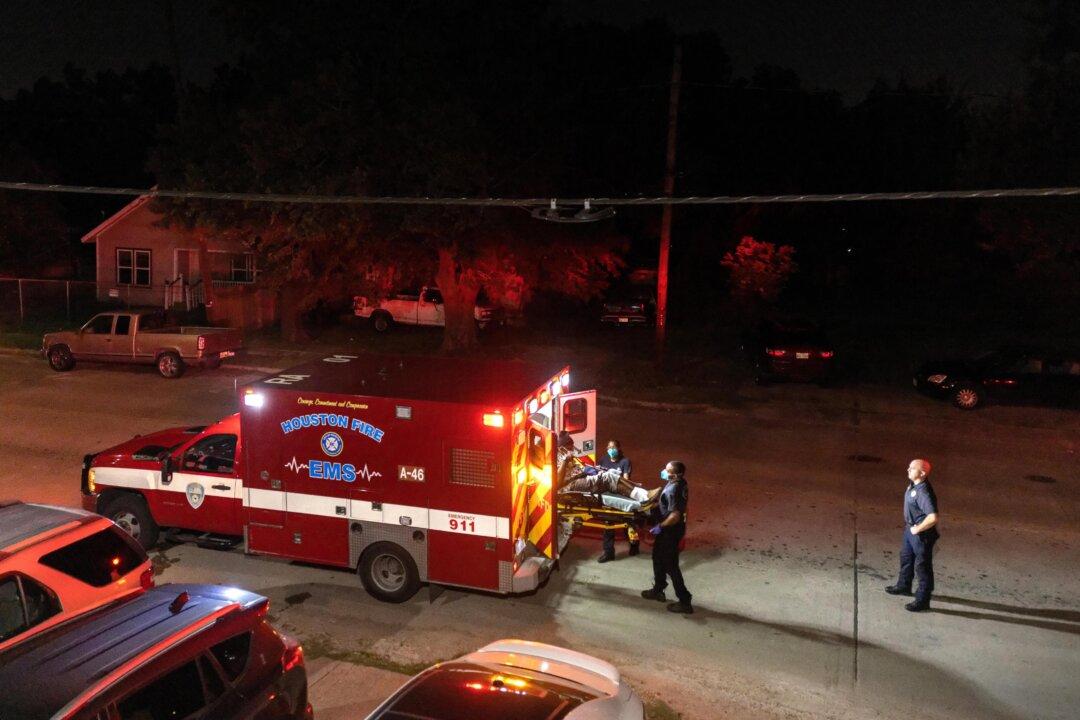Last year’s dramatic spike in excess deaths—mortality not attributed to COVID-19—has appeared to wane. Between October and January, the number of such deaths decreased by more than half, according to death certificate data from the Centers for Disease Control and Prevention (CDC).
In January, fewer than 7,500 Americans died in excess of the average for the same month in 2019 and 2018, before the COVID-19 pandemic, adjusted for the country’s population change. About 5,000 of those deaths were attributed to COVID-19, leaving fewer than 2,500 to other causes.





